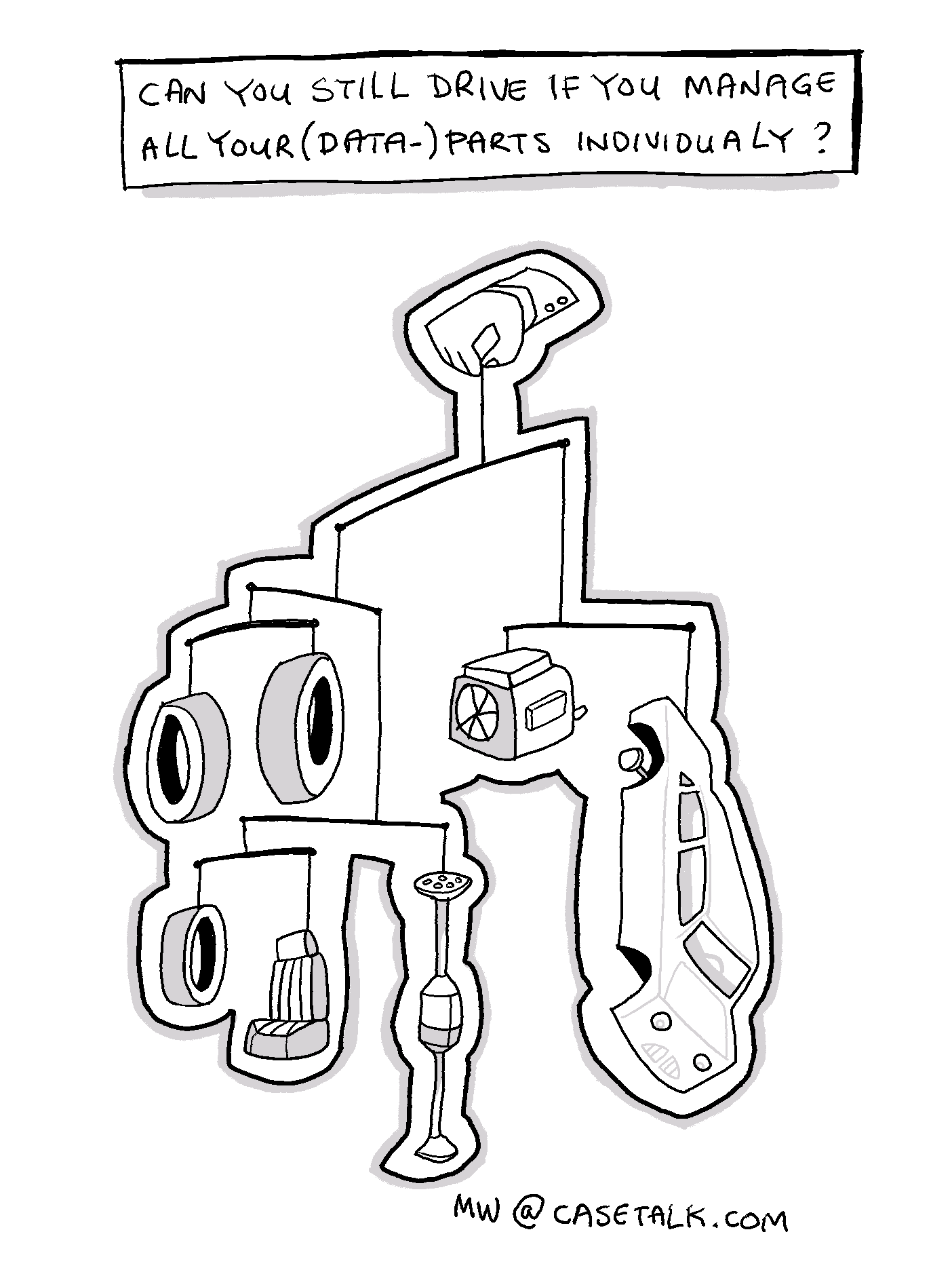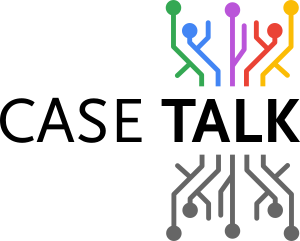We find our data in more and more silos, and we manage them as such. At the same time, we want to support management in making informed decisions based upon this data. When we build systems in isolation, we take away that specific ability. Without the ability to look beyond the application, the single database, or product, we cripple the organization without realizing it.
By plucking apart the parts, and manage them one-by-one, we no longer have the ability to drive the organization as needed. The integrating of all the data, and do it properly, becomes harder with every step we take the organization apart.
Integrating, at the very least, the meaning of the data, can create the ability to align all that relates to data, in a uniform manner. This process will always be incomplete, as the organization changes, and systems get updated, but the alignment is the minimal viable product to do anything on an organizational scale.
So, instead of managing differently sorted data products to their nature, start organizing the meaning of the data in a language everyone in the organization understands. With a fact oriented model, that start can be a reality. With fact oriented modeling, you actively build towards a data driven organization. As a whole, and not in separated parts.

 This license allows reusers to copy and distribute the material in any medium or format in unadapted form only, for noncommercial purposes only, and only so long as attribution is given to the creator.
This license allows reusers to copy and distribute the material in any medium or format in unadapted form only, for noncommercial purposes only, and only so long as attribution is given to the creator.
CC BY-NC-ND includes the following elements:
- BY – Credit must be given to the creator
- NC – Only noncommercial uses of the work are permitted
- ND – No derivatives or adaptations of the work are permitted


